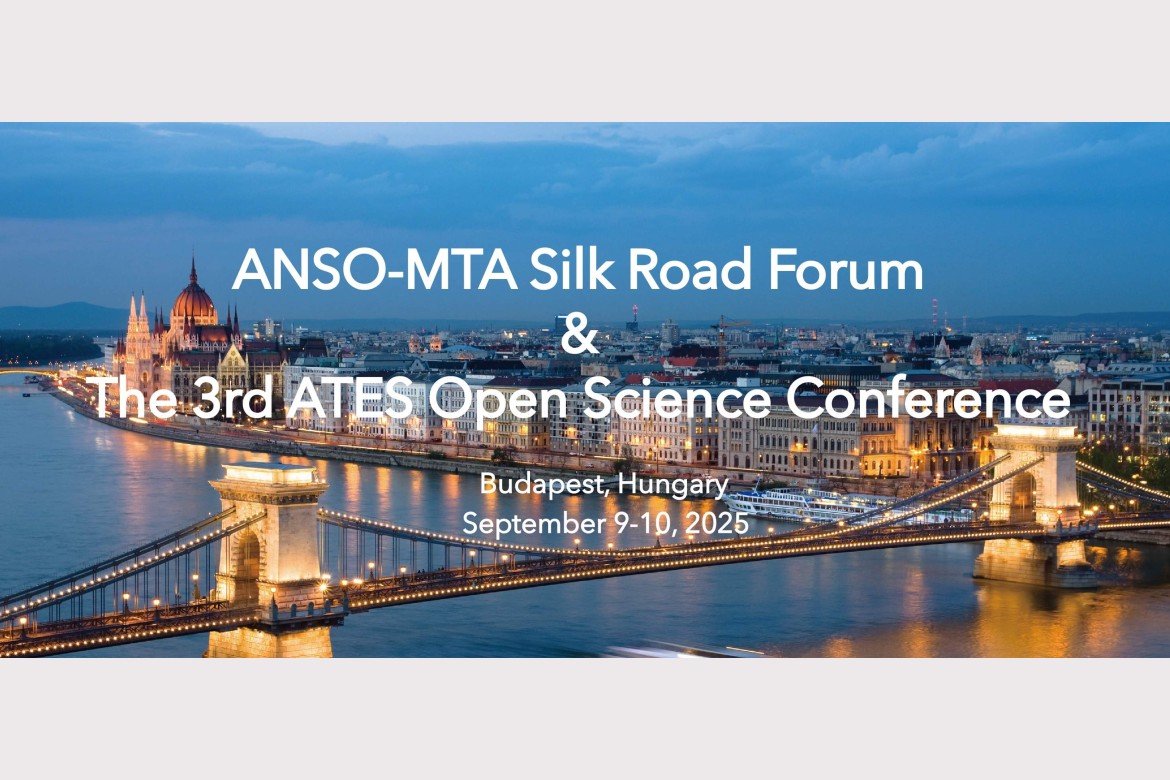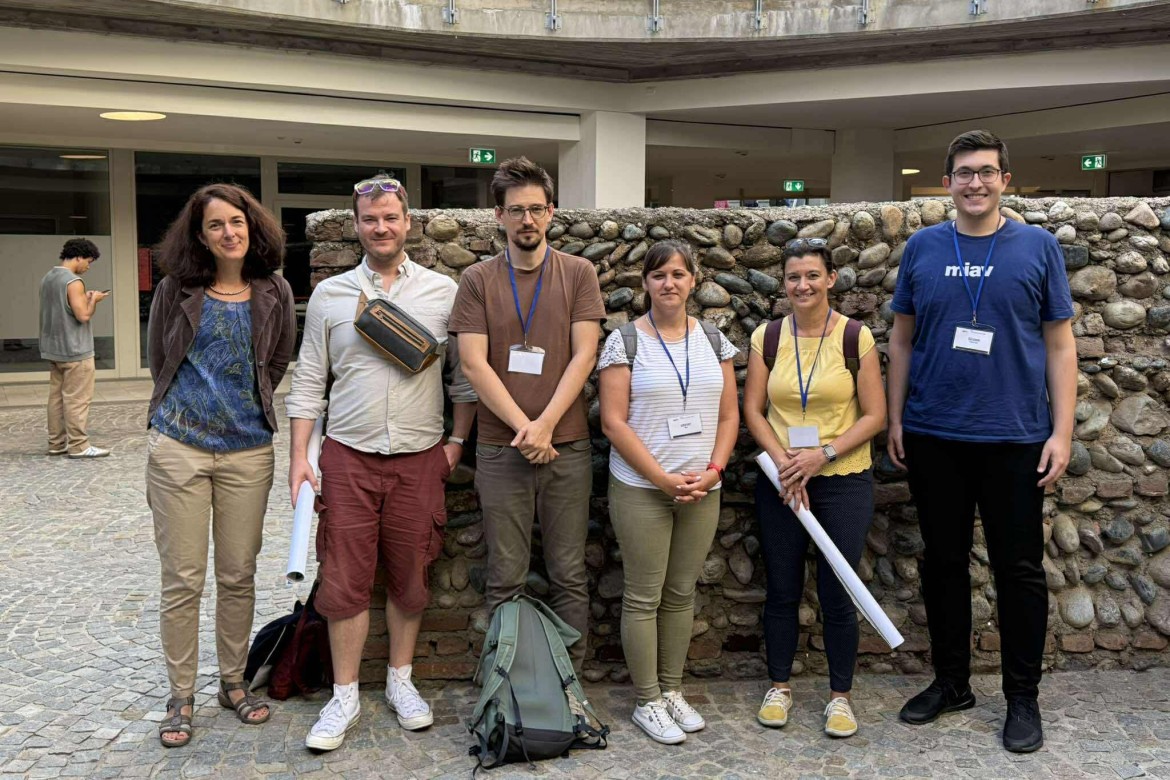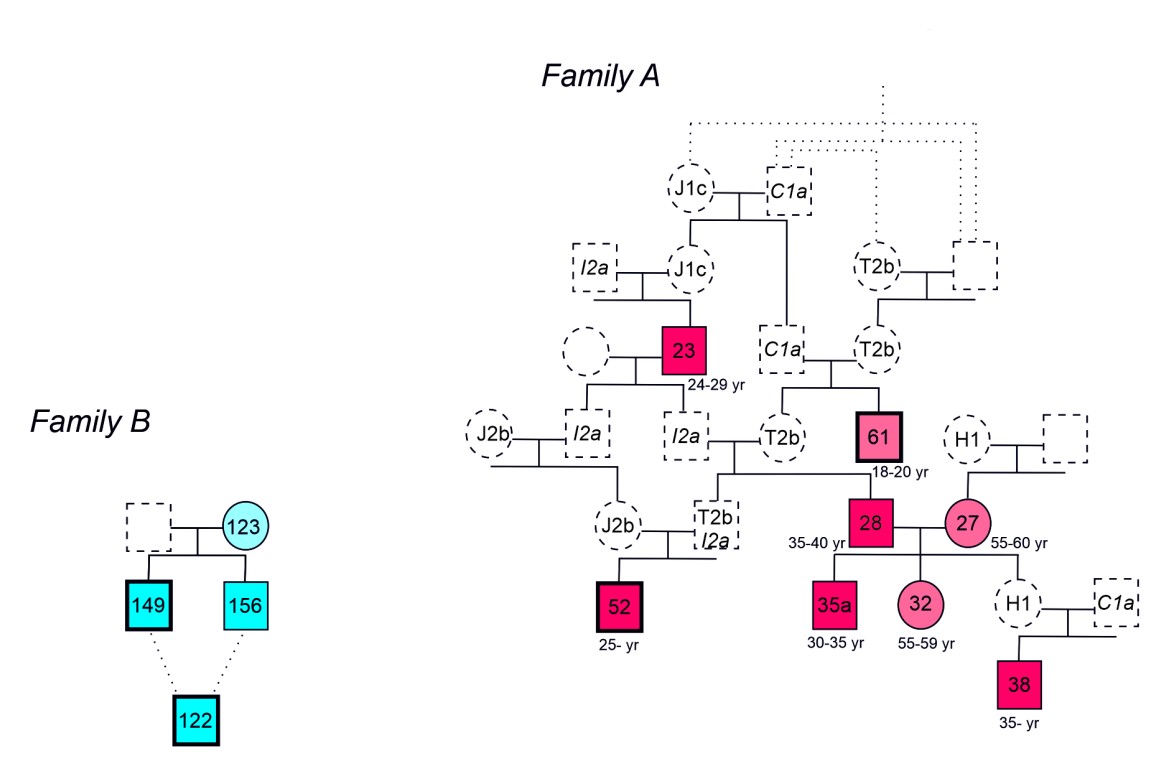ELTE Research Centre for the Humanities | 1097 Budapest, Tóth Kálmán utca 4. | HU15854939

Interdisciplinary research along the Silk Road – forum and conference in Budapest
- Details
- Category: News
The ANSO-MTA Silk Road Forum and the 3rd ATES Open Science Conference is held in Budapest between 9–10 September 2025, organised by the Alliance of National and International Science Organizations for the Belt and Road Regions (ANSO) and the Association for Trans-Eurasia Exchange and Silk-Road Civilization Development (ATES), in cooperation with the Hungarian Academy of Sciences (MTA) and the ELTE Research Centre for the Humanities.

New researcher to join Momentum Bioarchaeology Research Group
- Details
- Category: News
Molecular biologist Chen Kozulin will begin work as a member of the MTA-RCH Momentum Bioarchaeolgy Research Group in January 2026, after successfully applying for the Momentum MSCA Postdoctoral Fellowship Programme. Bringing expertise with cutting-edge molecular biology technologies and biomedical industry experience, Chen’s next challenge will venture into the realm of complex bioinformatic analyses.

Our colleagues at the 11th ISBA conference in Torino
- Details
- Category: News
The 11th International Symposium on Biomolecular Archaeology, organised by the International Society for Biomolecular Archaeology (ISBA), was held in Torino, Italy, between 26–29 August 2025. This year, more than 570 researchers attended the biennial international conference. The results of ongoing research at the Institue of Archaeogenomics were presented by six of our colleagues through oral and poster presentations.

Uncovering the organisation and transformation of prehistoric communities with the toolkit of genetics – New results from an international study on the Late Neolithic and Copper Age have been published in Nature Communications
- Details
- Category: News
Under the leadership of Anna Szécsényi-Nagy (HUN-REN Institute of Archaeogenomics) and Zsuzsanna Siklósi (MTA-ELTE “Lendület” Innovation Research Group), we have published a new archaeogenetic study on the populations of the Great Hungarian Plain in the Neolithic and Copper Age.
More Articles …
Page 2 of 14


